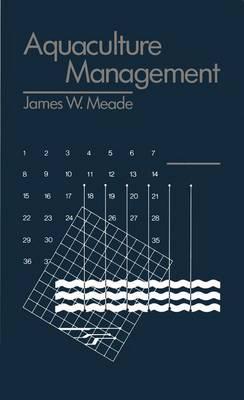Publisher's Synopsis
Although some nations, such as Japan, have invested in aquaculture research and developed major aquaculture industries, the opportunities for similar devel opment in the United States remain largely unnoticed. In a typical recent year the United States, which claims 20% of the world's marine fisheries resources, imported seafood worth $4. 8 billion and exported $l. 3 billion. In addition to the $3. 5 billion deficit in food-fish, was another $2. 7 billion deficit for nonedible fishery products. Next to oil, fishery products constituted the second highest drain on the United States balance of payments and accounts for a significant portion of the foreign trade deficit. Furthermore, fish consumption has been increasing in North America. In response to the demand for fishery products, aquaculture managers not only have the opportunity to realize economic profit, but in doing so can make an important contribution to reducing the national debt, providing employment, and enhancing our diet. This book might be considered a farm management text for those in aquaculture. It is intended to provide an introduction to aquaculture principles and an introduction to management, including business and people management, microeconomics, and the concepts of efficiency and productivity. I hope it will bridge the gap between conservationists, the academic community, and commer cial culturists. Abundant references should enable the reader to quickly access literature on most topics germane to the management of culture systems.












